Earth
-
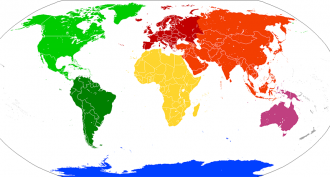 Earth
EarthScientists Say: Continent
A continent is a large land mass. Geologists recognize six of them — Africa, Antarctica, Eurasia, Australia, North America and South America.
-
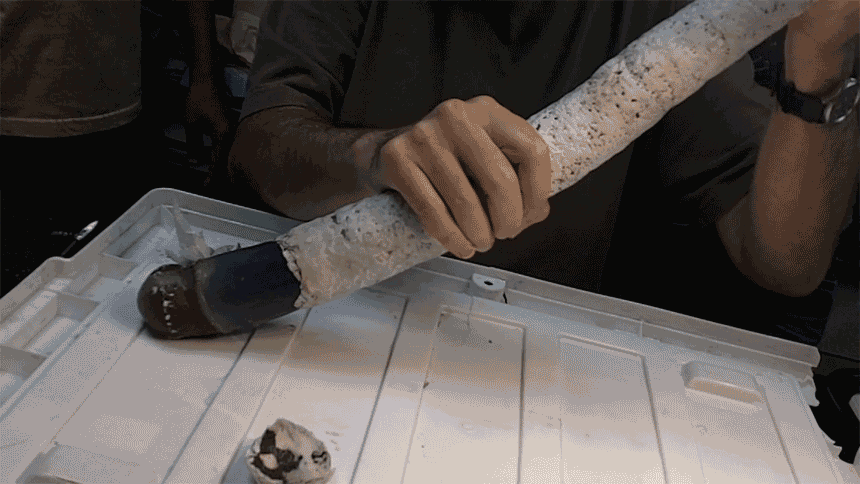 Life
LifeWeird mega-worm found to have odd diet
Giant shipworms have bacteria in their gills that produce food for them. This has made their digestive organs shrink from lack of use.
-
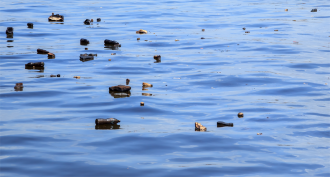 Environment
EnvironmentPlastic trash rides ocean currents to the Arctic
Ocean currents can carry plastic trash far from the cities that shed it. Some plastic debris has made it all of the way to the Arctic Ocean, new data show.
-
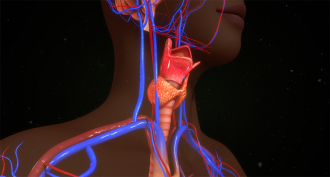 Environment
EnvironmentSome food-packaging pollutants mess with the thyroid
Chemical pollutants may hurt the ability of the thyroid gland to make an important hormone. Teens may be most at risk.
-
 Agriculture
AgricultureSheep poop may spread poisonous weed
Fireweed is a poisonous plant in Australia. Sheep can eat it without hurting themselves. But a teen found those sheep may be spreading more weeds.
-
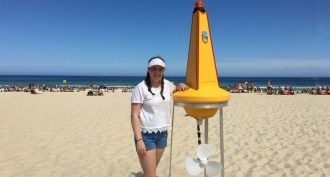 Tech
TechTeen’s invention can warn of deadly rip currents
A teen lifeguard from Australia has invented a buoy that can alert swimmers to the strong, swift and deadly rip currents that can sweep them dangerously far offshore.
By Sid Perkins -
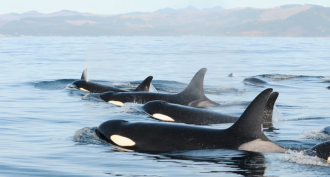 Animals
AnimalsThese killer whales exhale sickening germs
A group of endangered killer whales are exhaling disease-causing germs. Researchers worry these microbes could make the animals sick.
-
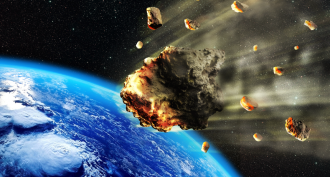 Earth
EarthDeath by asteroid may come in unexpected ways
Most deaths from an asteroid impact would likely come from shock waves and winds, not earthquakes and tsunamis. That's the conclusion of new studies. The good news: Such killer space rocks are quite rare.
-
 Climate
ClimateCool Jobs: Head in the clouds
What do a microbiologist, an atmospheric scientist and a materials engineer have in common? They’ve all got their heads in the clouds.
By Beth Geiger -
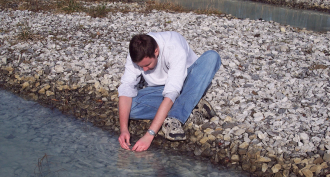 Earth
EarthBeyond diamonds: Search is on for rare carbon crystals
A search for previously undiscovered carbon minerals was announced in December 2015. Researchers have begun finding a handful and are actively scouting for dozens more.
By Sid Perkins -
 Chemistry
ChemistryScientists know that you pee in the pool
A new way to find urine in pools and hot tubs measures the concentration of an artificial sweetener in the water.
By Sid Perkins -
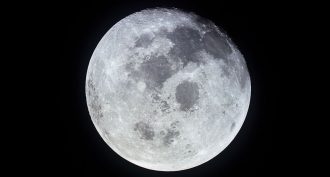 Planets
PlanetsHow Earth got its moon
How did our moon form? Scientists are still debating the answer. It may be the result of some one big impact with Earth — or perhaps many small ones.